|
Monthly newsletter from the editors of Photonics Spectra, with features, popular topics, new products, and what's coming in the next issue. Manage your Photonics Media membership at Photonics.com/subscribe.
|
|
|
| sponsor |

|
|
Advanced Imaging for Quantum Materials Research
Modern quantum activity is very broad, encompassing both near-term commercial applications and long-term theoretical challenges. The “first wave” of quantum technology has been defined primarily as the discovery of quantum mechanics and principles of wave-particle duality. The “second wave” is based on the application of fundamental quantum principles such as superposition and entanglement to create highly practical new quantum technology, including exponentially faster computational methods and ultrasecure communications.
|
|
|
|
|
|
Photoluminescence Spectroscopy Optimizes Perovskite Quantum Dots
Perovskite semiconductors have attracted tremendous attention in recent years because of the rapid rise of perovskite solar cell efficiencies — from less than 10% to more than 20% in less than five years — and the potential for the materials to provide low-cost solar power. The properties that make these materials well suited as absorber layers in solar cells also make them excellent emitters of light, and researchers have shifted their attention toward material optimization for optoelectronic applications such as lasers, lighting, and displays. Of particular interest for display applications are perovskite quantum dots (QD), which combine the desirable properties of perovskite semiconductors with the excellent control of the light emission offered through quantum confinement.
|
|
|
|
|
|
 Consumer AR/VR Headsets Focus on Nontraditional Optics
Consumer AR/VR Headsets Focus on Nontraditional Optics
The promise of commercial augmented and virtual reality (AR/VR) technologies seems always to be just around the corner. Nearly three decades have passed since the Sega Corporation announced its Sega VR gaming headset, which was one of the first of its kind. But the Japanese company could not produce it in volume for home use.
|
|
|
|
|
|
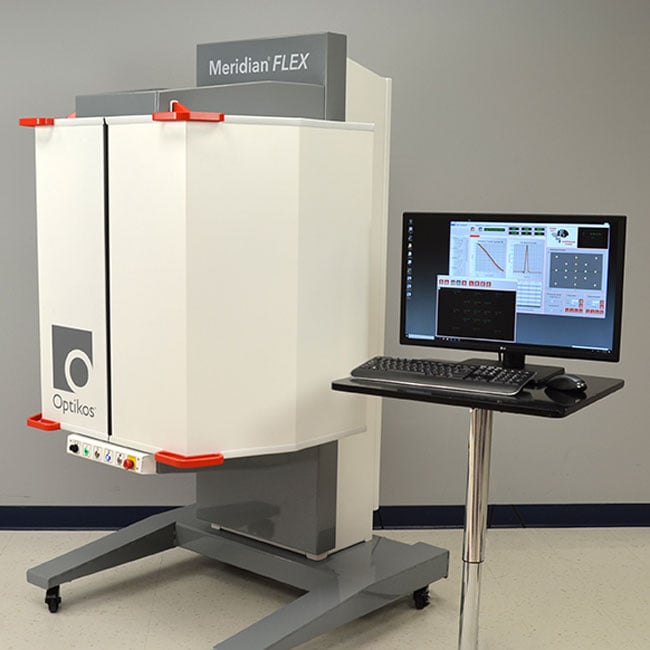 Meridian™ FLEX Camera Testing Platform (Patent Pending)
Meridian™ FLEX Camera Testing Platform (Patent Pending)
Optikos Corporation
The Meridian FLEX platform provides camera manufacturers and integrators with a powerful tool that’s flexible enough for the R&D lab and fast enough for production camera testing. At its heart is a high-speed high-precision robot that can place a target at any specified field point in a variety of different instrument configurations.
Visit Website
Request Info
|
|
|
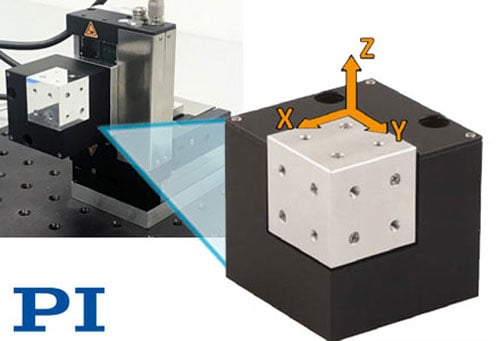 Compact XYZ Piezo Nanopositioning Stage
Compact XYZ Piezo Nanopositioning Stage
PI (Physik Instrumente) LP, Air Bearings and Piezo Precision Motion
Equipped with capacitive feedback capable of detecting motion with sub-nanometer resolution, the parallel-kinematics design of the P-616 reduces the moved mass (inertia) for improved dynamics (step & settle) and scanning speed and provides 100 microns of travel in X, Y, and Z. Industry applications include:
Visit Website
Request Info
|
|
|
|
|
|
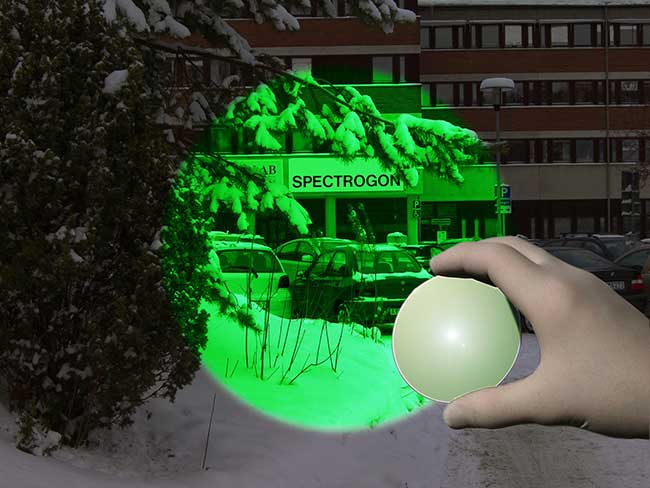 IR Filters for Thermal Imaging and Gas Detection
IR Filters for Thermal Imaging and Gas Detection
Spectrogon US
Spectrogon manufactures infrared filters and windows with high transmission, high rejection outside the passband, and introducing low cosmetic defects — while maintaining excellent coating uniformity — for thermal imaging applications such as cryogenically cooled IR detectors and for uncooled microbolometers.
Visit Website
Request Info
|
|
|
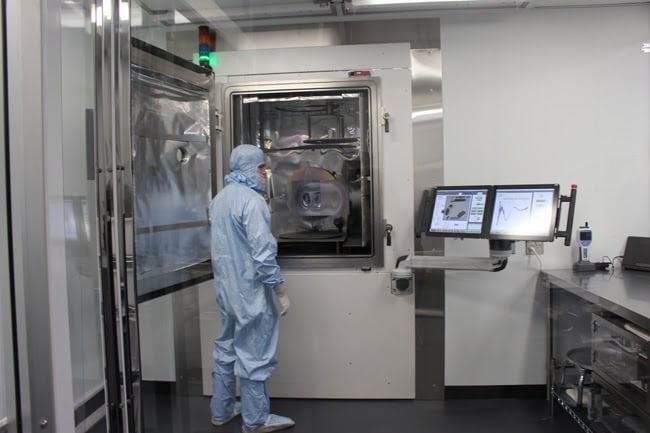 SYNOPTICS Now Offers IBS Coatings
SYNOPTICS Now Offers IBS Coatings
Northrop Grumman Synoptics
Quasi-Rugate thin film designs are optimized for high-power laser applications for ultra-fast through CW applications across the wavelength range of 355 nm to 2200 nm. Each design has a unique refractive index profile specifically tuned to give optimal performance for our customer’s applications.
Visit Website
Request Info
|
|
|
|
|
|
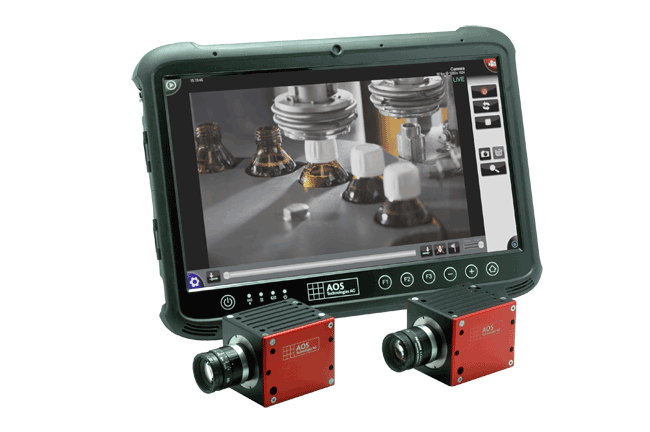 When One Eye Isn't Enough
When One Eye Isn't Enough
AOS Technologies AG
In some applications, one camera is not enough — for example when an issue needs to be observed from different angles, or if there is a need for a color and a NIR camera (near-infrared) recording the same object. The PROMON SCOPE G3 TWIN System is a new tool — perfectly suited for production line optimization and troubleshooting in the field of beverage and food production...
Visit Website
Request Info
|
|
|
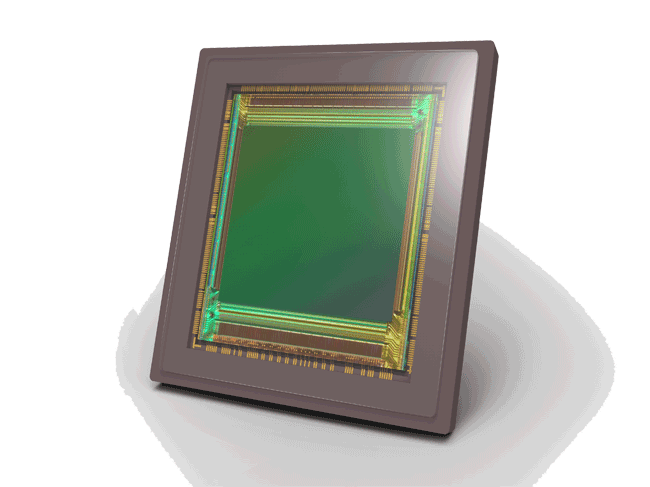 Teledyne e2v Launches Emerald 67M CMOS Image Sensor
Teledyne e2v Launches Emerald 67M CMOS Image Sensor
Teledyne e2v (UK) Ltd.
Teledyne e2v, announces its Emerald 67 megapixel, the newest member of its Emerald CMOS image sensor family. The new sensor features a high resolution with the smallest global shutter pixel (2.5µm) on the market, enabling more objects to be captured in a single high resolution shot, ideal for high end automated...
Visit Website
Request Info
|
|
|
|
|
|
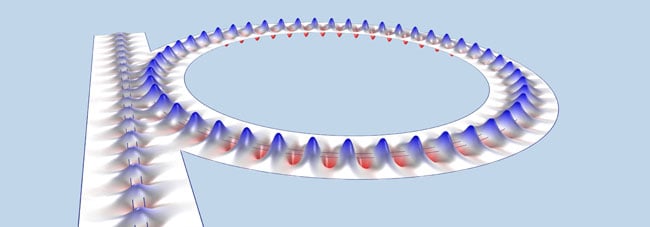 Wave Optics Module
Wave Optics Module
COMSOL Inc.
The Wave Optics Module is an add-on product to the COMSOL Multiphysics® simulation software platform. You can use the Wave Optics Module to efficiently model and optimize optical systems and photonic devices.
Visit Website
Request Info
|
|
|
|
|
Researchers Use 3D Printer to Print Chalcogenide Glass
Researchers have successfully 3D-printed chalcogenide glass, a material used to make optical components that operate at mid-IR wavelengths. The ability to 3D print this glass could make it possible to manufacture complex glass components and optical fibers for new types of low-cost sensors, telecommunications components, and biomedical devices.
|
|
|
|
|
|
In a new imaging technique developed at Duke University in collaboration with Oak Ridge National Laboratory, short strands of DNA were labeled with fluorescent, temporal “barcodes” for observing biochemical activity at the molecular scale. This time-based approach could improve optical multiplexing of biochemical events. Here is how the technique works: During the interaction between two complementary strands of DNA as they collide in a solution, one DNA strand is attached to
|
|
|
|
Ed Barnes, of the Virginia Polytechnic Institute and State University (Virginia Tech) Department of Physics, will use a National Science Foundation (NSF) CAREER grant to create mathematical models that will help scientists better understand materials that possess exotic properties. The $494,000, five-year grant will allow Barnes, an assistant professor, to build a new mathematical framework to predict how currents induced by light or magnetic fields will flow in topological materials.
|
|
|
|
Stabilizing the Line of Sight: LOS Dynamics and Control
Thu, Jun 6, 2019 1:00 PM - 2:00 PM EDT
This webinar, presented by the author of Stabilizing the Line of Sight (Photonics Media Press, 2018), will provide an overview of the issues and topics that must be addressed to successfully implement Line of Sight (LOS) control and stabilization design. Presenter Peter Kennedy will cover LOS pointing, tracking, and stabilization, with a focus on LOS definition, performance, architecture, and basic theory. He will provide a general methodology for LOS stabilization system design and identify critical algorithms for analyzing stabilization techniques. The objective of the webinar is to provide attendees with a firm grounding in LOS stabilization, so that they will be able to address the detailed design tasks required to perform an actual design.
|
|
|
|
Features
History of the Laser, Reactive Ion Etching, Picosecond Lasers
Photonics Media is currently seeking technical feature articles on a variety of topics for publication in our magazine Photonics Spectra. Please submit an informal 100-word abstract to Susan Petrie, Senior Editor, at Susan.Petrie@Photonics.com, or use our online submission form www.photonics.com/submitfeature.aspx.
|
|
|
 Since 1967, Photonics Spectra magazine has defined the science and industry of photonics, providing both technical and practical information for every aspect of the global industry and promoting an international dialogue among the engineers, scientists and end users who develop, commercialize and buy photonics products.
Since 1967, Photonics Spectra magazine has defined the science and industry of photonics, providing both technical and practical information for every aspect of the global industry and promoting an international dialogue among the engineers, scientists and end users who develop, commercialize and buy photonics products.
Visit Photonics.com/subscribe to manage your Photonics Media membership.
View Digital Edition
Manage Membership
|
|
|
|
|
|